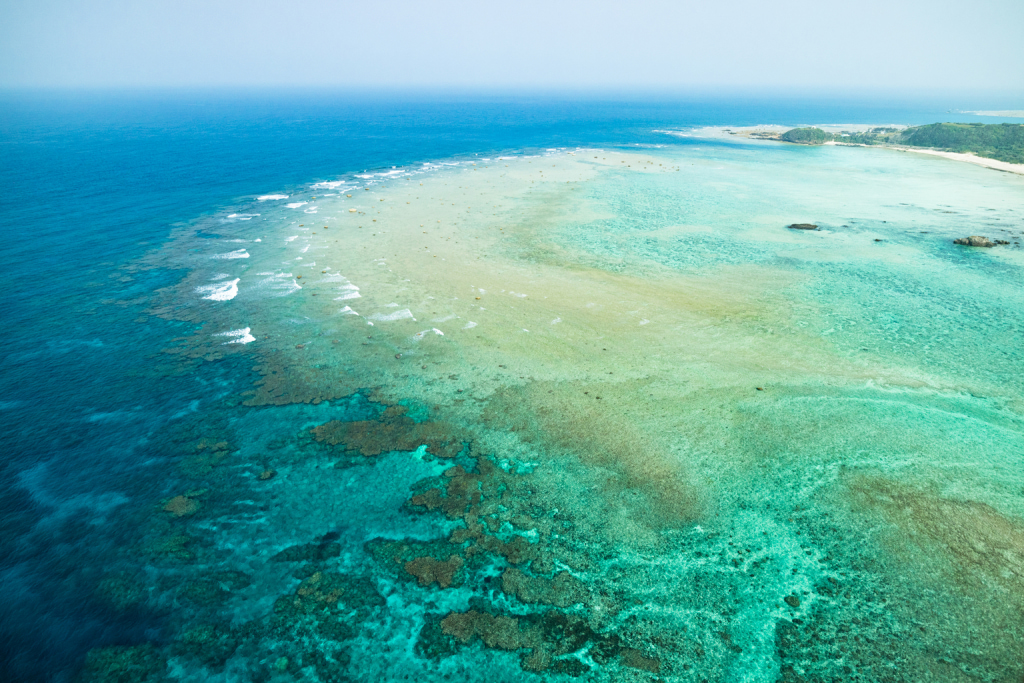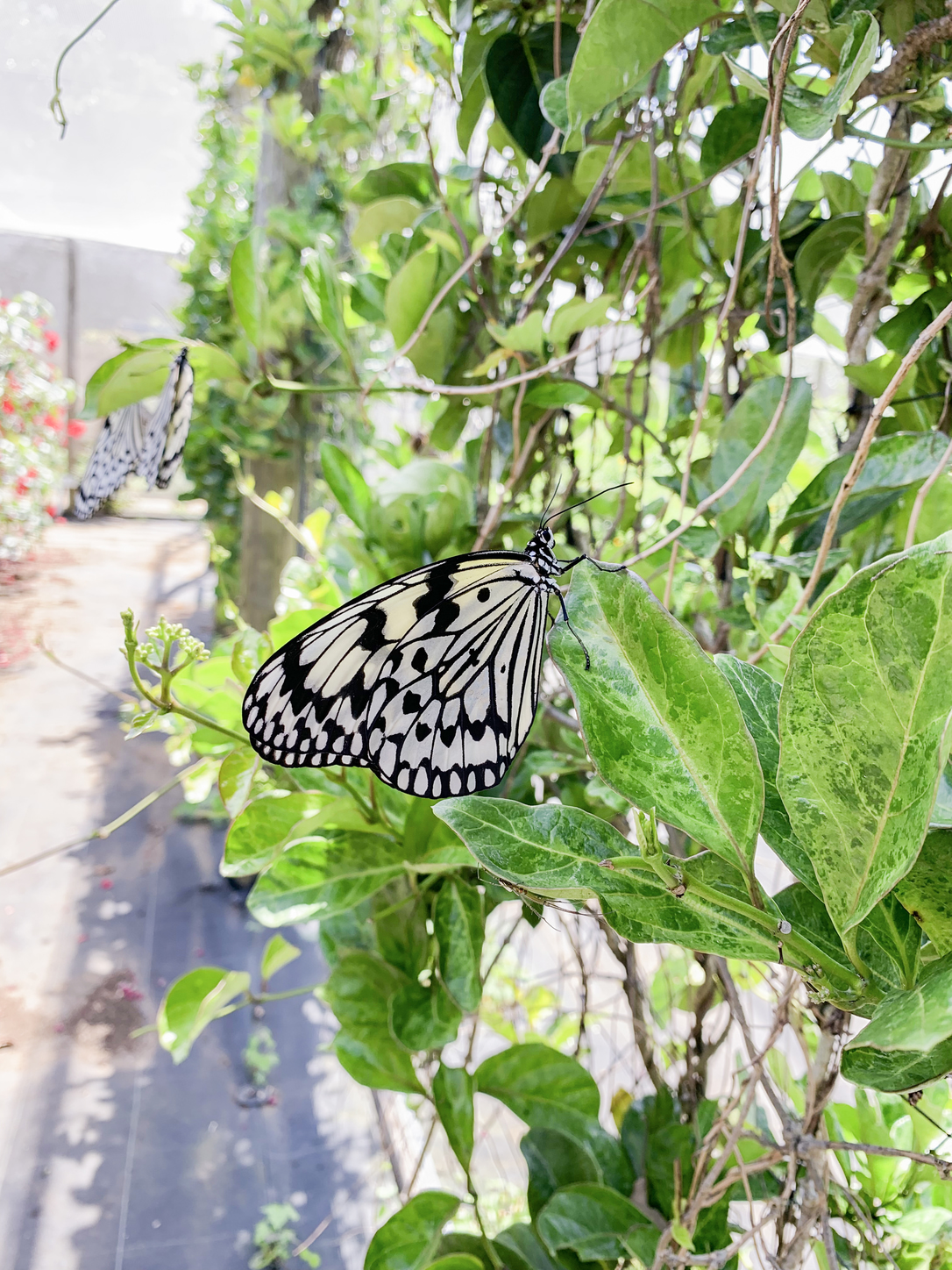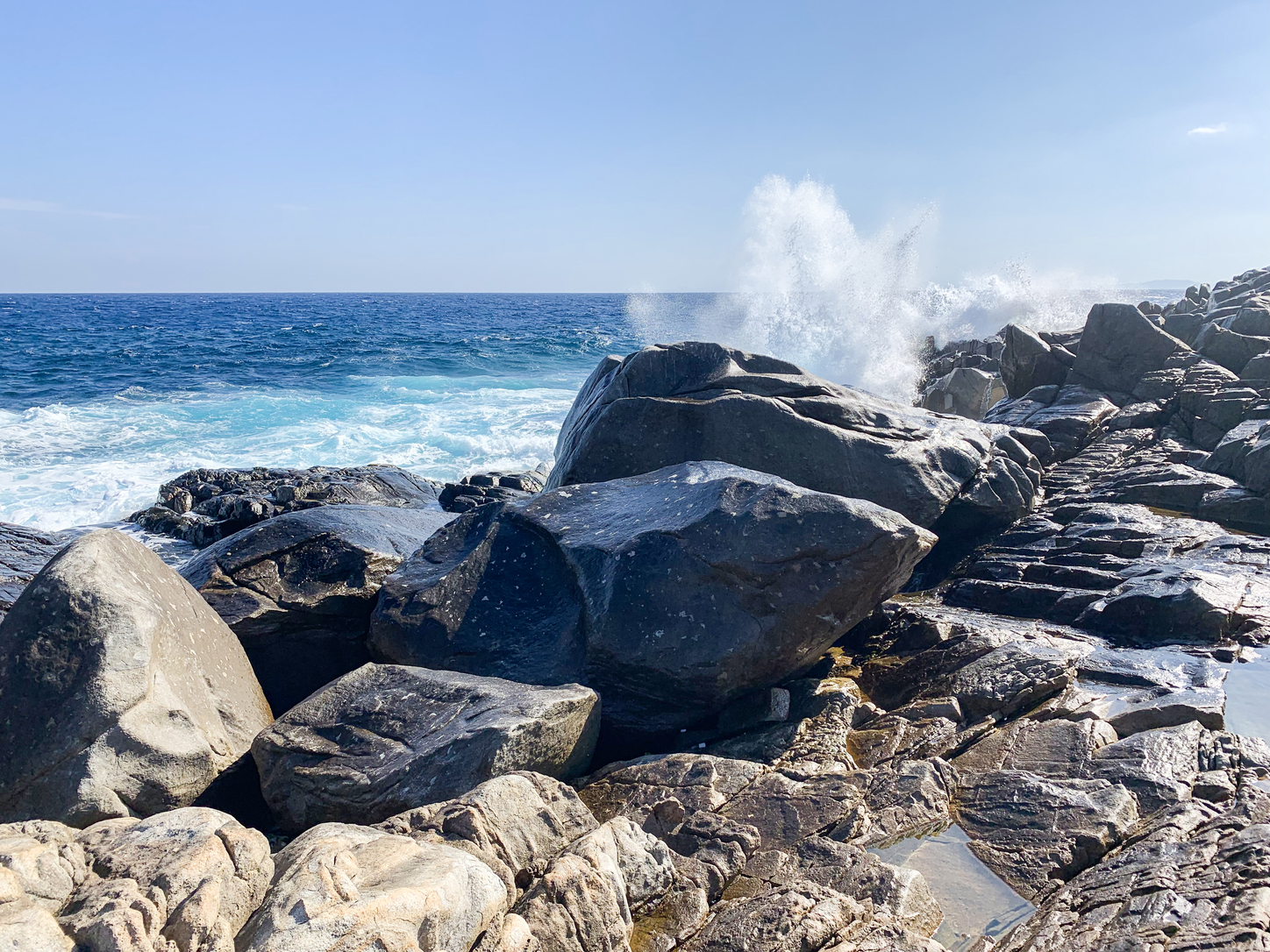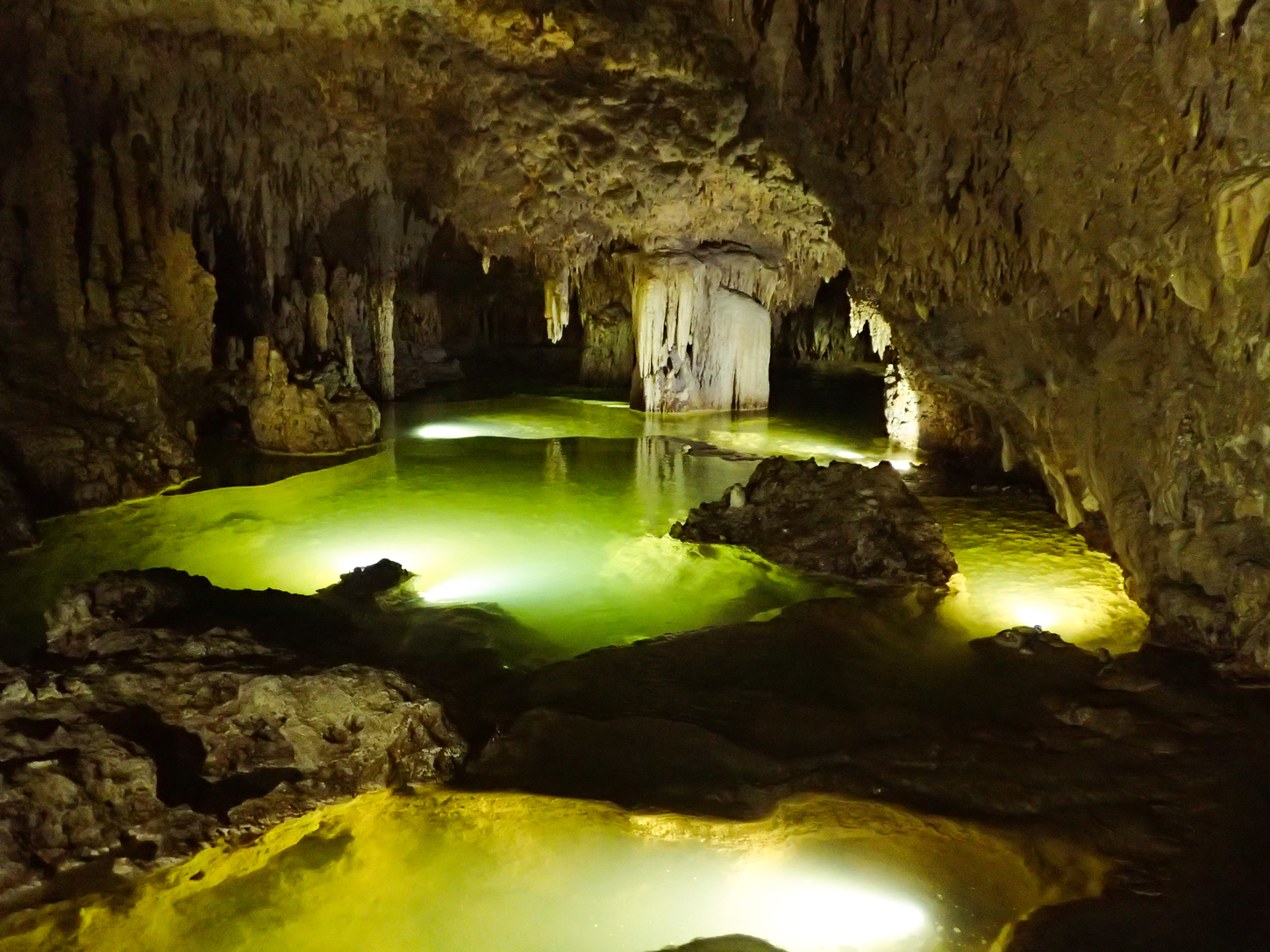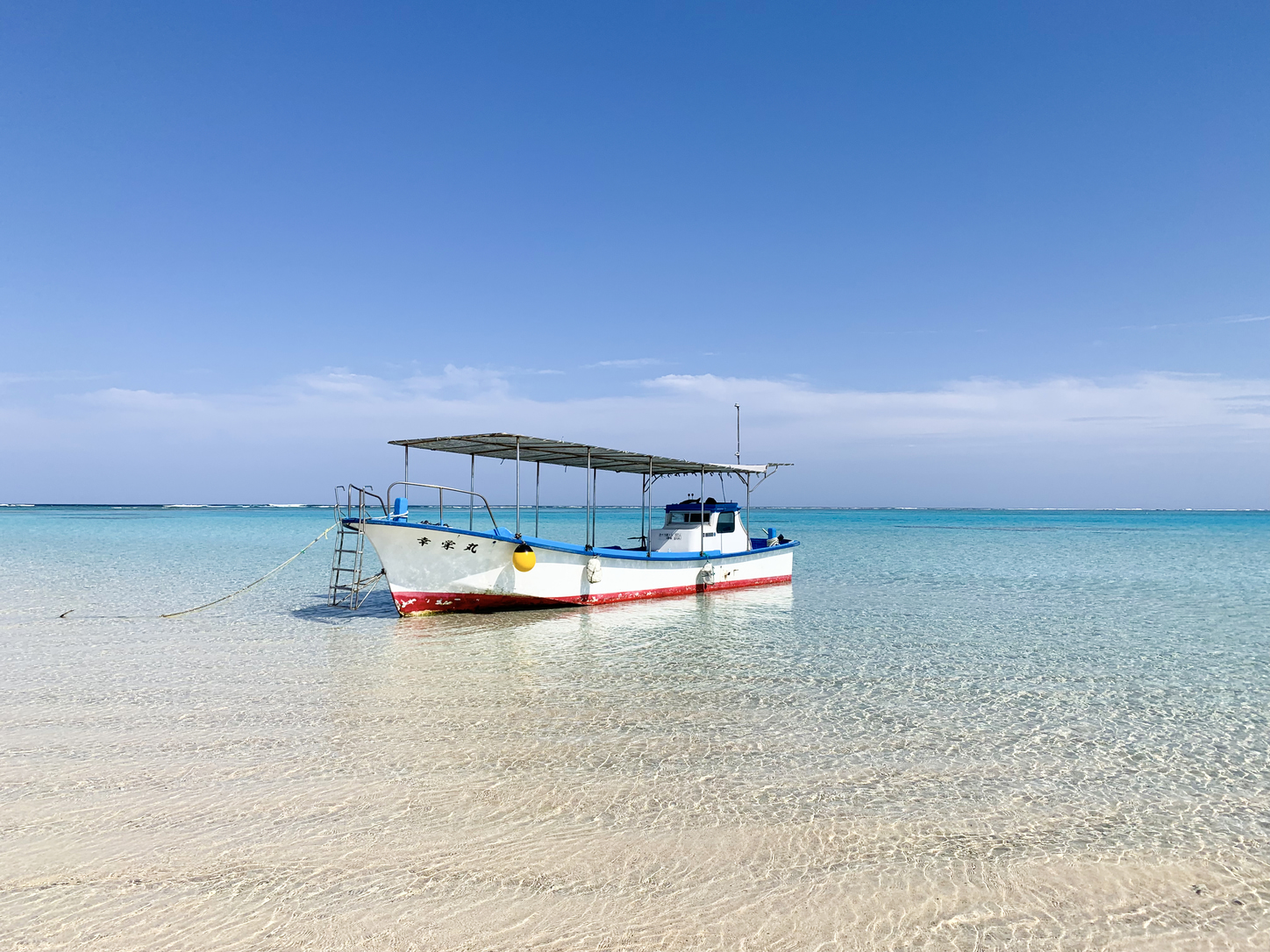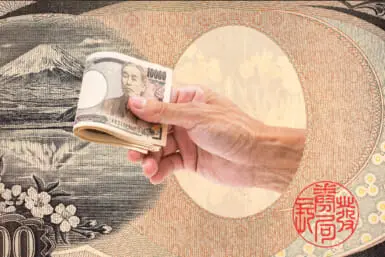Whoever said Japan is a homogenous country has obviously never been to the Amami Islands. The Amami archipelago is scattered across the Pacific Ocean in an almost straight line that starts 380km south of Kagoshima city and ends just 23km short of the Okinawa main island’s north shore. This subtropical island group is rich in unique indigenous animals and plants and boasts a strong cultural heritage courtesy of its location between what used to be the Satsuma Domain and the Ryukyu Kingdom, as well as some American occupation influences. Discover a wealth of new experiences and stunning destinations on one of the five main islands of Amami Oshima, Kikaijima, Tokunoshima, Okinoerabujima and Yoronto.
Amami Oshima: Rich in Natural Treasures
Even as the largest and most urbanized island in the archipelago, Amami Oshima has vast areas of untouched nature. Parts of the island were granted a UNESCO World Heritage listing in 2021, along with Tokunoshima and two areas in Okinawa. Locals have worked hard to protect the island’s native plants and animals; one way this is done is through eco tours, which limit the negative impact on the environment by limiting visitor numbers. Certified nature tour guides can take you to Kinsakubaru Forest, a subtropical primeval woodland that teems with unique animals and plants. The virgin mangrove forest is visible from various observatories on the south side of the island but is best explored by canoe. Take a night tour and you may be lucky enough to catch a glimpse of the Amami rabbit, an oddly compact brown-black bunny with short ears and long claws. Visitors in winter are rewarded with warm temperatures and a chance to do some whale watching – humpback whales migrate to the warm waters here and in Okinawa to give birth to their calves.
Kikaijima: The Butterfly Effect
One of the smallest islands in the Amami island chain, Kikaijima is the second-fastest growing elevated coral reef island in the world. It grows taller at an average rate of about two millimeters a year, drawing attention from researchers around the world. This astounding growth rate means 100,000 years of geological history is visible to the naked eye. Head up to one of Kikaijima’s higher points to see the difference in coral reef terraces. The taller the terrace, the older it is. Cozy eatery Yui Cafe supplies visitors with sustenance made using a variety of locally grown crops, but it also hides a nature-based secret. Just behind the main building there is a small enclosure that houses hundreds of Ogomadara (tree nymph) butterflies. This rare creature is the largest butterfly species in Japan; its wingspan can reach up to 13cm. The Ogomadara’s most notable feature, however, may be its sparkling golden chrysalis, which you can also observe closely here. Touching the butterflies is not allowed, but wear red to draw their attention and they’ll come to you.
Tokunoshima: A Rockin’ Good Time
Tokunoshima is home to many fascinating geological structures. Head north to Mushiroze to roam around smooth granite rocks along the coast. Look closely to find several that resemble other things, like a woman’s profile, a mysterious giant turtle and more. To the southwest, the coast presents a completely different face, courtesy of Ryukyu limestone. The weathered shores of Inno-Jofuta have worn one rock into what looks like a pair of eyeglasses that frame the view from the shore. Visit at sunset for a particularly spectacular view. Tokunoshima’s most mysterious location may be Unbuki, an underwater cave that connects to the ocean – but no-one knows where or how. The island entrance to the cave lies about 400m away from the coast, but expert divers have explored its depths and reached as far as 800m without finding an exit. Visitors can take a look around the cave mouth, but beware – it’s said that mischievous spirits frolic in and around the tree roots here.
Okinoerabujima: Go Deep Underground
Nicknamed “pancake island” for its flat appearance (courtesy of its coral reef structure) Okinoerabujima is a small and smooth island – at first glance. Look beneath the surface and you’ll find more than 200 limestone caves waiting to be explored. Crawl through winding rabbit holes to reach huge caverns with gigantic stalactites and stalagmites that have taken several millennia to grow, one drop at a time. Spelunking requires the accompaniment of a licensed guide; both for the safety of the visitor and to ensure these fascinating underground structures are preserved. Above ground, Okinoerabujima boasts Japan’s largest banyan tree – an enormous entity of almost mythical proportions – with a crown that spreads across more than 20m in diameter. It was planted at Kunigami Elementary School in 1898 by the school’s first graduating class and offers shade for the island’s children almost 120 years later.
Yoronto: Beach Therapy Island
Out of all the inhabited Amami islands, Yoronto is the furthest south and is closer to Okinawa than it is to the island of Kyushu. In fact, if you head to the Southern Cross Center (an excellent resource on unique island customs and history) you can see the northern tip of Okinawa’s main island on a clear day. The island’s main draw is its crystal clear waters, coral reefs and white sand beaches – there are about 60 beaches despite the island’s small size – making it the perfect vacation spot for thalassophiles and beach bums alike.
Yurigahama, a “phantom” sandbank that only appears off the island’s coast during low tides from spring to autumn, is a popular spot to explore. Reach it by glass-bottom boat and get a close look at the wildlife below the surface on the way there and back. For those who prefer to stay on solid ground, the Akasaki Limestone Caves are a family-friendly alternative to Okinoerabujima’s more challenging caverns.
Photographs by Lisa Wallin
Sponsored Post

